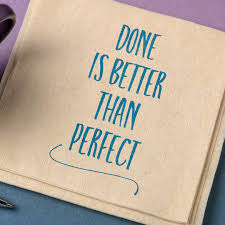3 Ways to Perform a Monologue

Introduction:
A monologue is a powerful form of storytelling in which a single speaker expresses their thoughts, emotions, or experiences to an audience. Whether you’re an actor trying to bring your character to life on stage, or simply want to improve your public speaking skills, mastering the art of performing a monologue is crucial. In this article, we will explore three different ways to perform a monologue—memorization, improvisation, and using prompt cards.
1. Memorization:
One of the most common methods actors use when performing monologues is memorization. By committing the entire speech to memory, you can focus on conveying the emotions and intensity behind the words without worrying about forgetting your lines. To memorize your monologue effectively:
– Break it down into smaller sections and learn each part individually.
– Repeat each section aloud until you can recite it from memory.
– Gradually string together the sections you have memorized.
– Rehearse frequently and challenge yourself to perform without consulting the script.
2. Improvisation:
While memorized monologues can be captivating, some performers prefer embracing spontaneity for a more authentic performance. Improvising a monologue does not mean speaking without any preparation; rather, it involves using your knowledge of the character and situation as a guide while adjusting your words and delivery in the moment. To successfully improvise a monologue:
– Spend time getting to know your character’s background, motivation, and personality.
– Understand the purpose of the scene or speech within the context of the story.
– Consider any key points or specific pieces of information that must be included.
– Allow yourself room for flexibility and creativity as you speak.
3. Using Prompt Cards:
For those who find memorization or improvisation daunting, using prompt cards can be an effective alternative when performing a monologue. This approach involves making brief, summarized notes on cue cards that outline the primary points of the speech. To use prompt cards successfully:
– Write concise reminders or keywords that represent different sections of the monologue.
– Organize your cards in a logical sequence that flows smoothly during your performance.
– Familiarize yourself with the content of each card so you can glance at them quickly without losing your train of thought.
– Remember to maintain eye contact with the audience and do not rely solely on your prompt cards.
Conclusion:
Performing a monologue requires skill, dedication, and an understanding of both the character and the context in which they are speaking. By practicing with these three methods—memorization, improvisation, and using prompt cards—you can develop a versatile set of tools to help you deliver a captivating and memorable monologue on stage or off.






